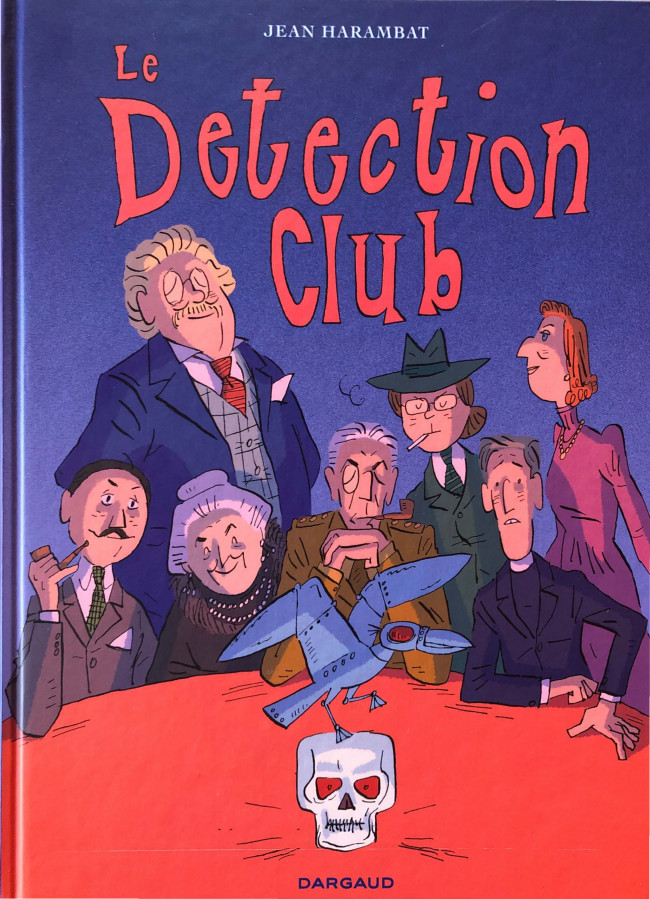"WD" is a highly beloved, brilliant, wonderful, all-ages tale first published as a 413pp novel in 1972, written by Englishman Richard Adams. It's been adapted in film, twice in TV, theatre, radio, as a role-playing game, and even as a musical album(!) Until 2023, there'd been no BD or GN adaptation until Americans Joe Sutphin (artist) and James Sturm (adapter) finally gave it a shot.

(right-click as needed)
In brief, it's about an extraordinarily dangerous journey a small group of rabbits make in order to escape certain death. The problem is that developers are out to turn the land their warren is built on in to a new housing development, which one gifted, runty rabbit ("Fiver") has a major premonition about. Their journey to find a new home is an unusual, perilous affair which seems to stretch on for eternities, and pushes just about every member of the group near death, exhaustion, or a nervous breakdown at one point or another. In short, WD is very much a 'hero's journey,' not unlike Odysseus' 10yr return from the conquest of Troy, but more of a group thing, like Jason & the Argonauts, say.

(a taste of daily life before the apocalypse)
The GN seems to be very well received by all audiences. There are various representative reviews at Amazon, and a very nice breakdown at NPR-Wisconsin.
You can also view a whopping ~20pp at BDT, in French:
https://www.bdgest.com/preview-4442-BD-watership-down-recit-complet.html
NITPICK TIME?
Personally, I mostly enjoyed the adaptation, and would rate it about 4.1/5 stars or so. TBC, the novel was a beloved treasure from my childhood, so my standards were ultra-high on this one, fair game or not. The biggest problem I feel is that sometimes it's almost impossible to adapt certain literary works for a variety of reasons. Specifically, I feel that one of the key issues here was in needing the reader to see things from a 'lapine' POV. An FPS (first-person-shooter) perspective, so to speak. But as with most other adaptations, scenes in WD were moreso portrayed as the characters being pleasantly-drawn, mostly cute bunnies set on grassland, altho there were some occasional exceptions, such as:
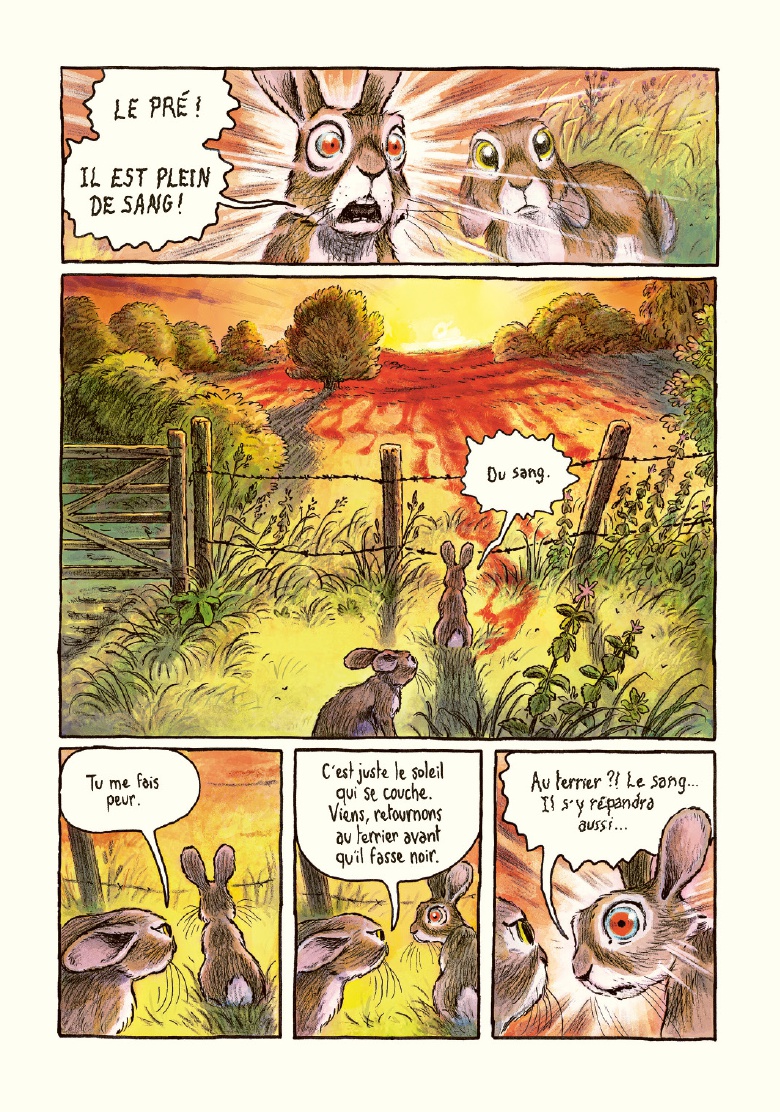
I guess the other big issue for me is that we naked apes are incredibly keyed-up and designed to recognise facial expressions and body language in other humans, but much less so across other species, I think. I suppose that partly explains why anthropomorphic characters can work so well, in that they can still be represented as 'animals' in signal ways, yet still retain the core of humanity's looks, gestures, and so forth, FWIW. Sort of a 'best of both worlds' thing, you know?
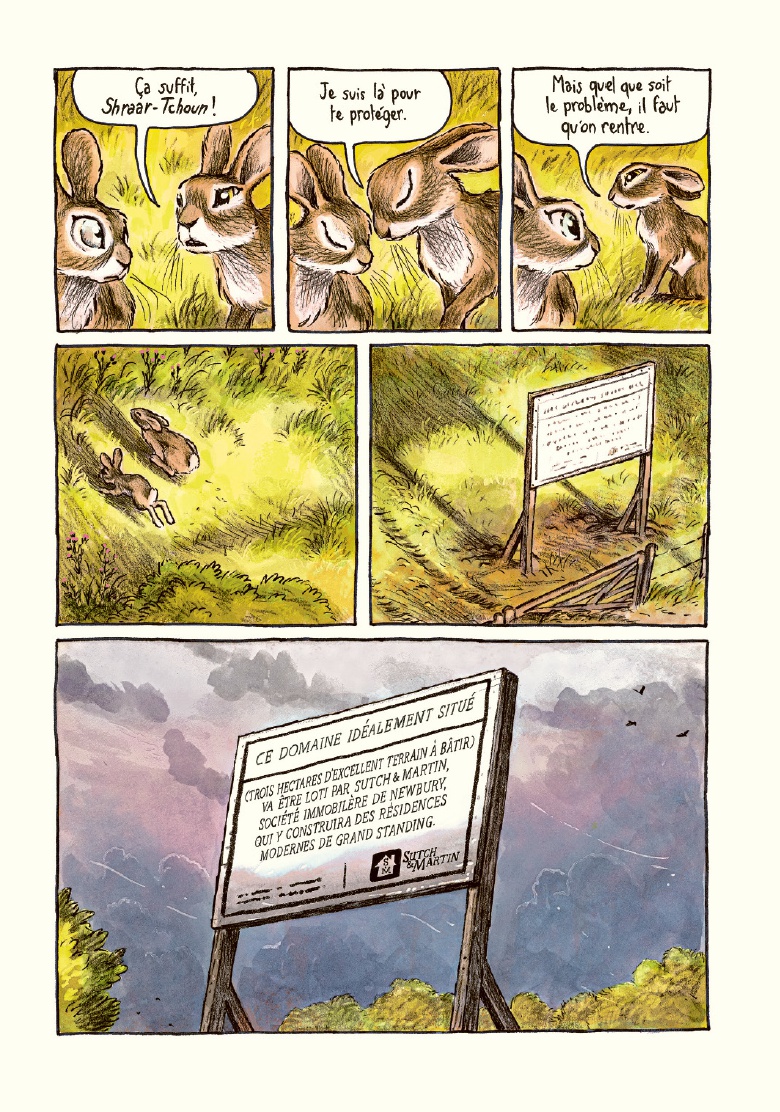
Rabbits are seemingly much tougher to accomplish this with, and indeed... after a while I felt that the impact of the story was blunted by the fact that there was a certain 'sameness' that crept in to the scenes. Again & again it became a sort of 'little bunnies out in nature' situation visually, even though story-wise it was generally anything but, if that makes sense. In fact the lengthiness of the story tended to add to that problem. Really, I think a little bit of Thomas Ott's (Swiss artist and comics creator) style could have helped represent certain moments of bleakness and danger:

(more OTT samples)
But all of that bitching & moaning also kind of whistles home the fact that Richard Adams' Watership Down is truly a monumental accomplishment, being able to spin this kind of page-gripping, classic story primarily using small animals as main characters, and not in any kind of haha-Disney / haha-cartoon sort of way. He even invented an impressive lapine vocabulary and mythology, and it's some of these very 'old-timey' tales that help break up the chapters, the telling of which incidentally aids the group in staying on track. That is to say, in not melting down in to quaking fear about doing the unthinkable, i.e. traveling many, many miles above ground, surrounded by predators day after day and night after night.
SMALL NOTE: I understand that classic prey animals such as antelopes, gazelles, and rabbits can indeed shut down fatally if chased and/or threatened too relentlessly. This is an actual, significant danger not necessarily mentioned too explicitly in the text of WD, altho Adams did allude to it via animals going "tharn."
If you do read the GN, I'd highly recommend following with the original novel to get the fuller, more impactful story. Also, for those unaware, Adams wrote a smaller sequel book about the lives of our little heroes and heroines here.






















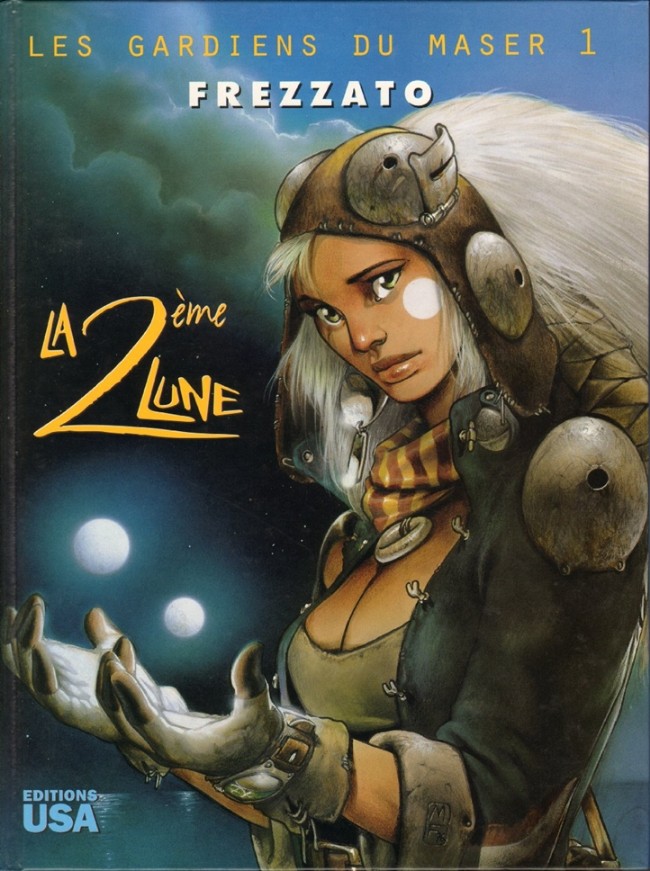
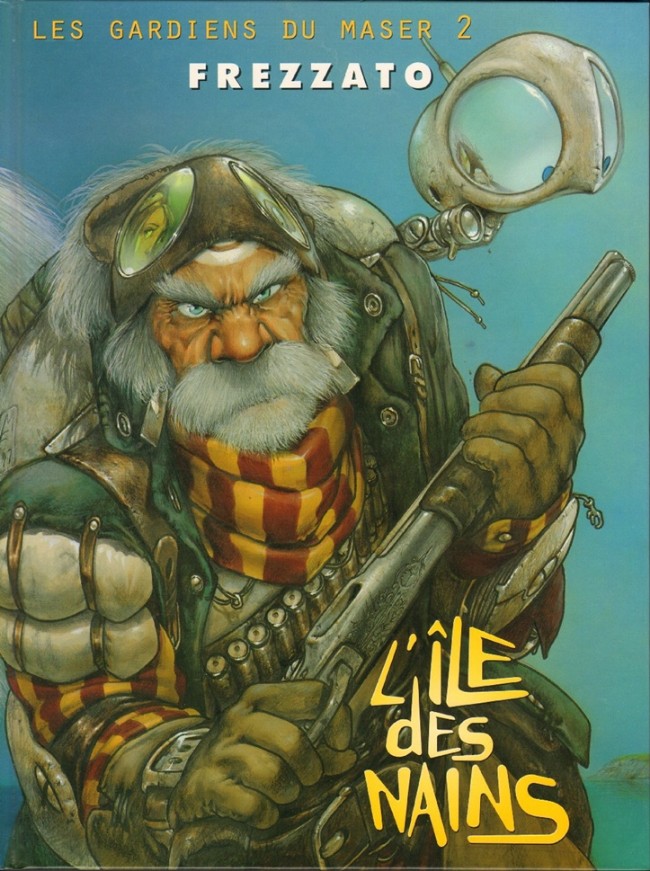
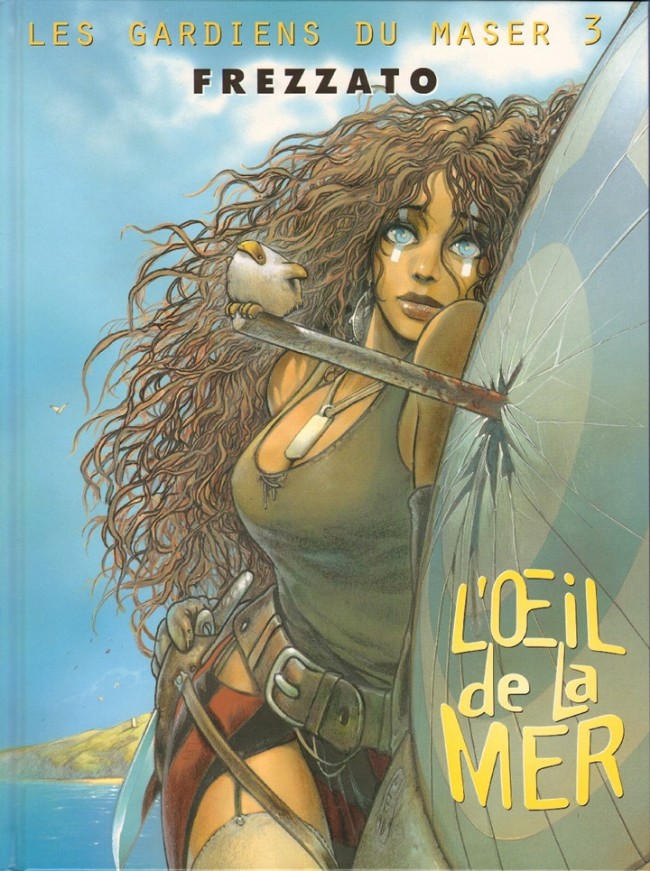




























 .
. 





